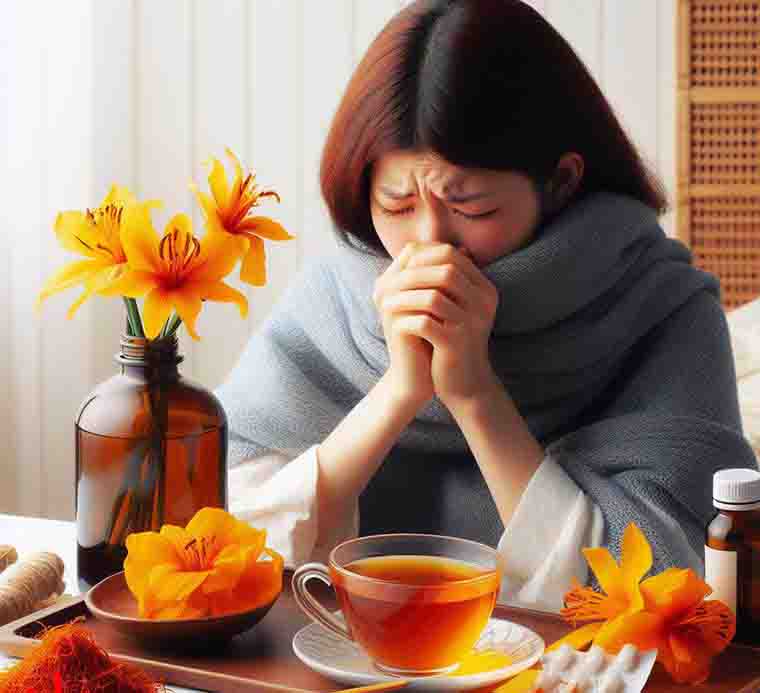One of the most significant global problems is plant protection. Chemical pesticides are continuously used to control pests and plant diseases, and their toxicity poses risks to the health of farmers, consumers of food, and animals. The negative effects of these toxins have led to a renewed interest in plant compounds. Plants and their components have been used in traditional medicine since ancient times. In Indian culture, all plants are considered medicinal, and it is believed that there is no plant in the world that is not medicinal and cannot be used as medicine. Aromatic plants contain essential oils in specialized glandular cells. Various essential oils are used as environmentally compatible agents against various groups of pests and plant diseases. The most attractive aspect of using essential oils and/or their compounds for pest and disease control is their low toxicity in mammals, as many of them are commonly used as herbs and spices in cooking or as medicine. Essential oils are used as repellents in insecticides and herbicides, and they have insecticidal, fungicidal, and antibacterial properties. Due to their easy extraction, biodegradability, and low toxicity for organisms such as fish, birds, and mammals, they have received significant attention. Medicinal plants such as eucalyptus, rosemary, cinnamon, thyme, fennel, ginger, marigold, mountain mint, peppermint, lavender, basil, and chamomile are examples of using herbal plants to protect plants against pests and diseases, and some have shown effects similar to or even better than chemical toxins. Therefore, plant essential oils can be used as a cheaper, environmentally friendly, safe, and effective alternative to chemical toxins.



